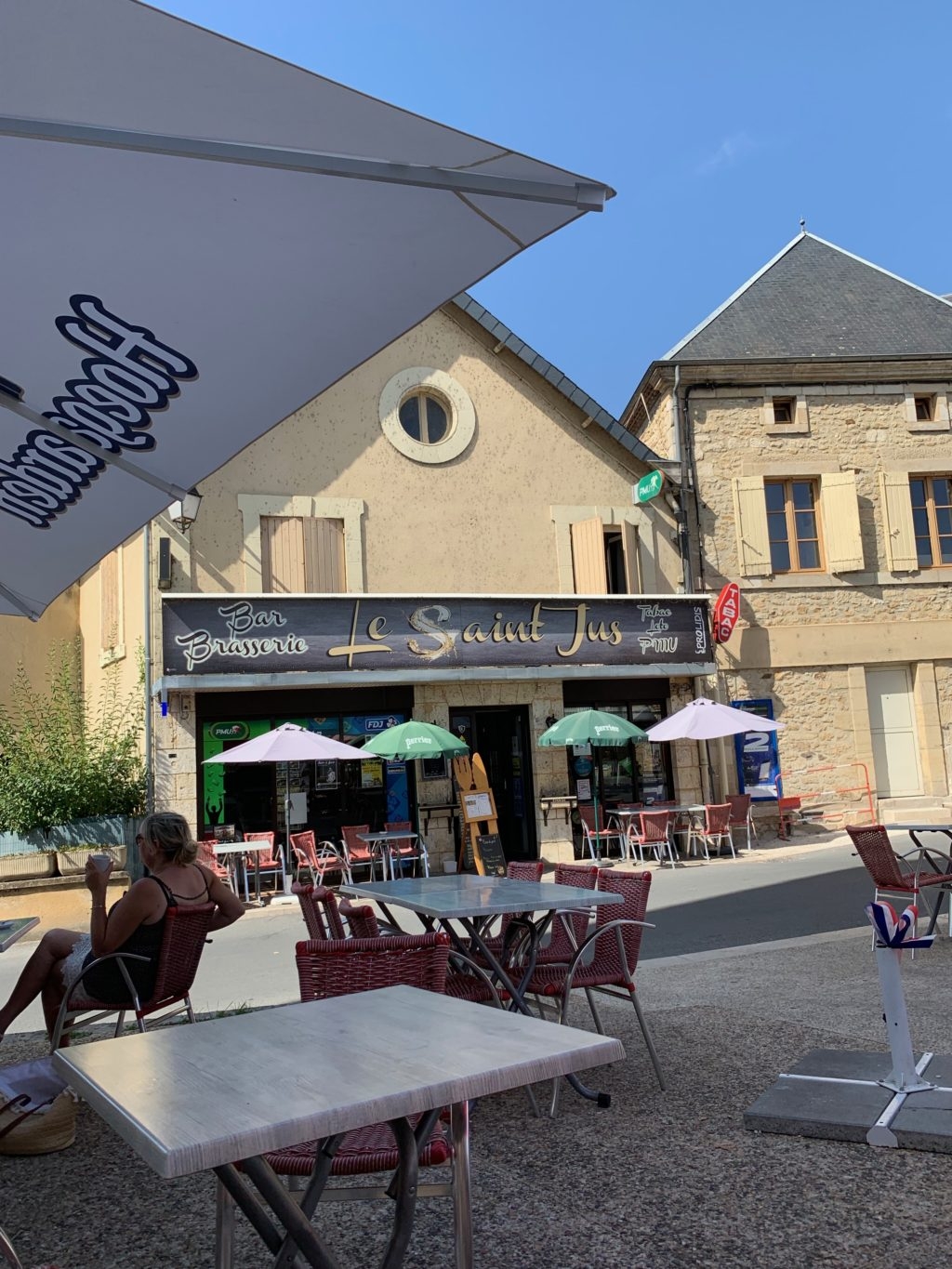Go to any online newsfeed and you’ll see a “FIRE” story, something about the “Financial Independence Retire Early” movement. The stories go like this:
“I got tired of the rat race, saved like mad and quit my day job. Now I’m a happy blogger living like a king in Peru.”
Great lunch break escape reading.
But can you really do it?
The hard part is figuring out if, when and where early retirement can actually be done. When you sit down and make the analysis, doing it turns on some key factors that have absolutely nothing to do with saving and investing.
Think of these four factors as gates, each one crucial to achieving FIRE.
— Health insurance.
If you are going to live in the United States, it’s probably best not to retire before age 65. That’s when you are eligible for Medicare and a dramatically lower cost of health insurance and health care. If you have a modest income, you might be able to retire earlier by getting subsidized health insurance through the Affordable Care Act.
Premiums are based on your MAGI (modified adjusted gross income). Your MAGI includes investment income as well as earned income. The more modest your income from all sources, the lower the out-of-pocket cost of your policy.
While there is a lot of public support for the Affordable Care Act — particularly the elimination of pre-existing conditions – efforts are still being made to get rid of it. That adds big-time risks to an early retirement. It’s also why many, perhaps most, early retirees choose to live in other countries. In most of the industrialized world, health care isn’t a financial hazard.
— Empty nest or no children.
Most of the FIRE stories I’ve read are about people who never had children or who are old enough that their kids are young adults on their own. Kids are expensive, so FIRE couples that have had kids tend to be in their 50s and empty nesters.
The U.S. birthrate, according to the CDC, reached a 32-year low in 2018. The total fertility rate continued to be lower than the “replacement rate” necessary to maintain our population level. These figures tell us that more individuals and couples are candidates for the FIRE lifestyle.
Still, not having children is far from mainstream.
— Cost conscious living.
Making very deliberate decisions about how we spend our money is the bedrock of FIRE. This isn’t a new idea. We can go back to Henry David Thoreau. But the most recent source is most likely traced to Duane Elgin writing “Voluntary Simplicity” in the 1970s and, in the 1990s, Vicki Robin and Joe Dominguez writing “Your Money or Your Life: 9 Steps to Transforming Your Relationship with Money and Achieving Financial Independence.”
But to follow this route requires that you learn how to swim against the flood tide of advertising and the acquired conditioning of our consumer culture. Most people are willing to talk about how they investtheir money. Few are willing to talk about how they spend their money.
Why is that? Simple. Most people don’t know how they spend their money. Instead, they discoverhow they spent it on a credit card statement.
That’s not hyperbole. It’s what talking with a multitude of people over the last 40 years has taught me.
FIRE isn’t about intense saving and brilliant investing. It’s about deliberate spending decisions. The big opportunity here is that the American standard of living is so high, it is entirely possible to live very nicely on amounts that are far less than princely – once you master marching to the different drummer.
— Geographic arbitrage.
One of the most repeated themes for FIRE candidates is using the power of money from here in the U.S. to buy a higher standard of living somewhere else. Think Mexico, Panama, Belize or Costa Rica in our part of the world. Think Portugal in Europe, or Thailand in Asia. Wherever it is, shelter is cheap to rent, medical services are affordable, and it’s easy to live simply because everyone else is, too.
Use these four gates well, and the money part is a lot easier.
———————————————–
Related columns:
Scott Burns, “Living the Life of Riley and the Federal Reserve,” 08/10/2019 https://scottburns.com/living-the-life-of-riley-and-the-federal-reserve/
Sources and References:
Bill Chappell, “U.S. Births Fell To A 32-Year Low in 2018; CDC Says Birthrate Is In Record Slump https://www.npr.org/2019/05/15/723518379/u-s-births-fell-to-a-32-year-low-in-2018-cdc-says-birthrate-is-at-record-level
Duane Elgin website: https://duaneelgin.com
Vicki Robin and Joe Dominguez, “Your Money or Your Life: 9 Steps to Transforming Your Relationship with Money and Achieving Financial Independence”, on Amazon.com https://www.amazon.com/Your-Money-Life-Transforming-Relationship/dp/0143115766/ref=asc_df_0143115766/?tag=hyprod-20&linkCode=df0&hvadid=312734685832&hvpos=1o1&hvnetw=g&hvrand=7959644733261159393&hvpone=&hvptwo=&hvqmt=&hvdev=c&hvdvcmdl=&hvlocint=&hvlocphy=9028233&hvtargid=pla-451990597395&psc=1
This information is distributed for education purposes, and it is not to be construed as an offer, solicitation, recommendation, or endorsement of any particular security, product, or service.
Photo: Scott Burns, Cafe life in St. Julien de Lampon, France 2019
(c) Scott Burns, 2019
